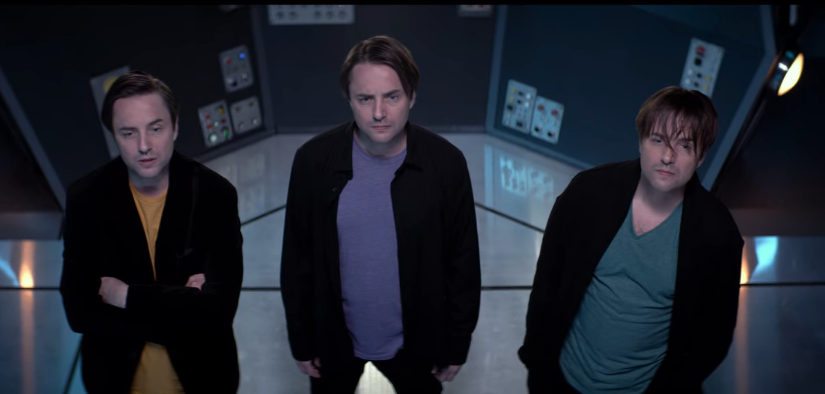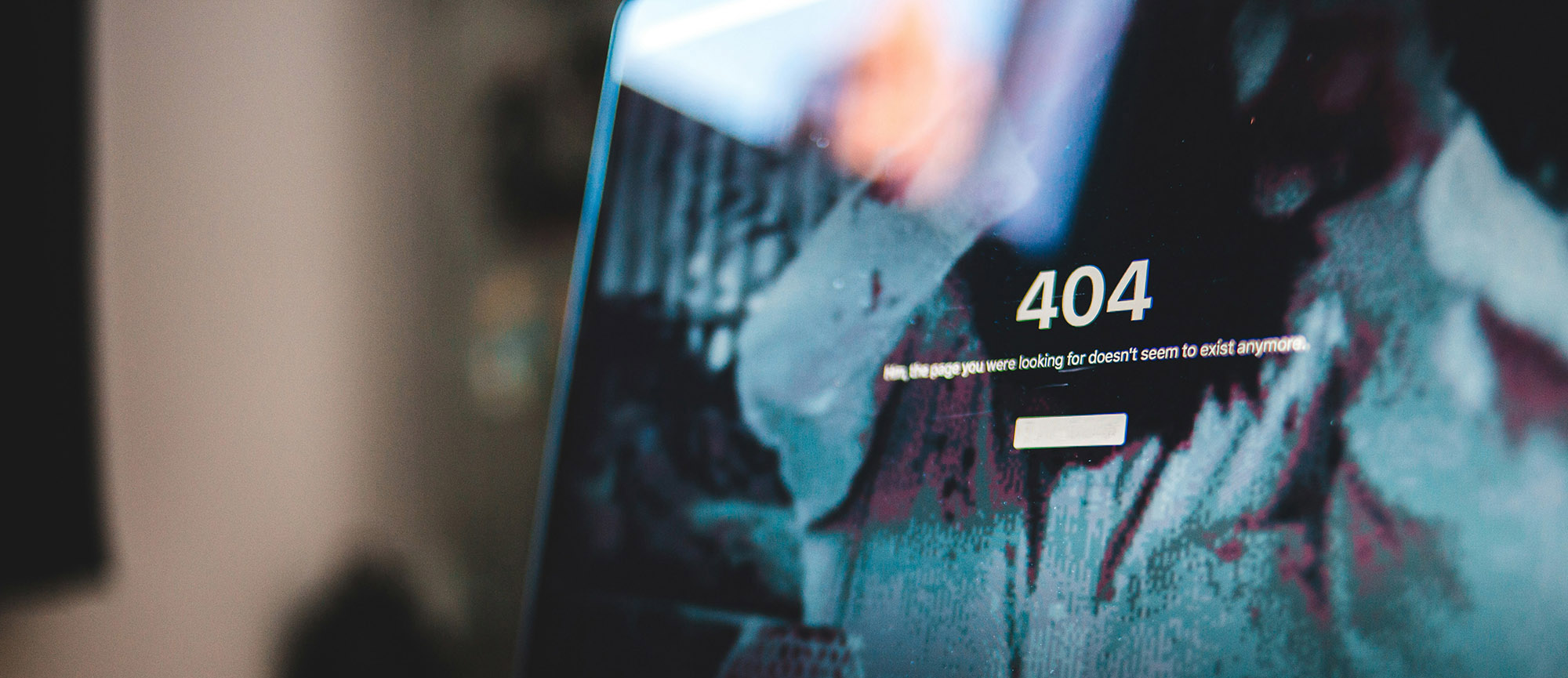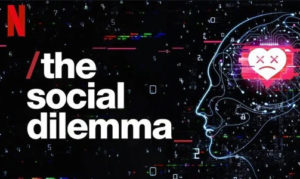
We all know that social media is taking up our time, damaging the self esteem of our youth, and spreads news–real or false–faster than you can say re-tweet. But do you really know how the algorithms behind social giants like Facebook work? I didn’t. Do you fully understand what you are giving them access to when you use their platform? I thought I did. And do you know that we are essentially being trained to change our behavior, slowly, seemingly innocuously, over time? I didn’t.
The Social Dilemma opens with several people talking about their former jobs, and what their role was in creating the early social media platforms. These people are former developers, marketers, C-suite level, or UI creators, for Facebook, Google, YouTube, Pinterest, Instagram, and others. The tone is ominous. Even just the few sentences they utter in the beginning make you want to know more and understand what they are alluding to.
“A lot of people have the misconception it’s our data being sold. It’s not in Facebook’s business interest to give up the data. What do they do with that data? They build models that predict our actions, and whoever has the best model wins.” Aza Raskin – Former employee of Firefox & Mozilla Labs, and Co-Founder of Center for Humane Technology, and Inventor of Infinite Scroll
“Never before in history have 50 designers, 20 to 35 year old white guys in California, made decisions that would have an impact on two billion people. Two billion people will have thoughts that they didn’t intend to have because a designer at Google said, ‘this is how notifications work on that screen that you wake up to in the morning’.” Tristan Harris – Former Google Design Ethicist, and Co-Founder of Center for Humane Technology
Social Media’s Shape-shift
The platforms we know and use today have obviously changed a lot from their inception. But I’m not just referring to their features and user-interface. The more subtle way they have changed is how people, and advertisers, are using them. The original creators did not anticipate how these platforms would be used and they have grown into something more, something different, something . . . ethically questionable. You can infer from the undertone of these former employees that if they had known then what they know now, they would not have participated in its creation.
Many of these former employees of tech giants, and I’m sure many current ones, believe it’s time to let people know what the companies know about the design of their social media products.
Advertising Minus Regulation = Questionable Methods
When it comes to the technology companies behind the social media platforms, the user isn’t the customer, the advertiser is. Think about it: the user isn’t paying to use Instagram, but advertisers are. And they will pay a lot to have their product shown to the millions of people that use the social tool daily. Make no mistake about it, the apps aren’t looking out for your well-being or your privacy. Instead, they are making it as attractive as possible for advertisers to place ads, and if the app can help them further by providing in-depth information that will allow them to serve ads directly to their target audience–all the better.
I’m not saying, and the film isn’t saying, that advertisers are bad or that social media apps shouldn’t allow advertisers and make money, it’s all part of business. But what’s becoming more clear is that the rules around how they get information on users and then put it into play for ads, need to be much more regulated. Advertisers aren’t going to regulate themselves, and there needs to be a line drawn to protect consumers.
Bottom line: the tech companies that run the social media apps just want to keep you on the app, and engaged. They do that by working with advertisers and sophisticated algorithms. And anyone using these apps deserves to know just how they are doing it.
Quote by Jaron Lanier, Founding Father of Virtual Reality Computer Scientist and author of book: Reasons to
Delete Your Social Media Accounts Right Now. Screenshot courtesy of Netflix.
The Frightening Truth About Social Media Algorithms
It’s suggested in the documentary that social media can be called ‘Surveillance Capitalism’. As described above, the capitalism part is obvious. What’s less obvious is the surveillance. What I learned is that the level of precision that algorithms can achieve to target you, is frightening. To illustrate how it works, the film used an effective visual. They imagined the algorithm engine as a small control room in which three robots are working to glean information on a user, serve up the right ads at the right time, and keep the user on the app. Floating in front of these robots is the user’s avatar, constantly rotating back and forth with eerily slack limbs and bent neck as the user looks at the app.
Screenshot courtesy of Netflix
It was an enlightening yet chilling way to demonstrate the level of puppetry happening behind the scenes. Personally I thought the fact that they brought the robots to life by casting Vincent Kartheiser (famous for playing Peter Campbell on Mad Men) in varying degrees of scruffy bleakness, was fantastic.
Screenshot courtesy of Netflix
The three robots in the example represent what an algorithm might be focused on when used in a social media app:
- Advertising: Serving up ads to the user
- Engagement: Engaging the user with content they like and therefore keeping them on the app longer, seeing more ads
- Growth: Getting the user to share posts with others, share the app with others, and thus grow the audience
The algorithms are programmed to use the data you are giving them (your click-thrus, posts you like, words you use in comments, your friends, the brands you follow, your location, etc) to continually get to know you better and thus present more and more relevant ads to you. It’s called machine learning. Every time you are in the app, or even visiting sites outside of the app, the computer gets better and better at picking the right posts, in the right order, so that you spend more time in the app, which is helpful to the advertisers. See the vicious circle of surveillance capitalism here? Before you know it, you are buying things you’ve never heard of, don’t need, and had never intended to purchase. And that’s one way that our behavior is changed within these apps.
Basically everything you are doing within the app is going into a database about you. Even small, seemingly innocuous actions. It’s all stored and correlations are made now and in the future to better help label you and advertise to you.
“There’s an entire discipline and field called growth hacking. Teams of engineers whose job is to hack people’s psychology so they can get more growth. More user signups, more engagement, etc.”
~ Tim Kendall, former Director of Monetization at Facebook and former Pinterest president
How Algorithms Affect the News We See on Social Media
Perhaps the most eye-opening and frightening thing about the documentary for me was the implications this all has on politics and global information. Did you know that Google’s auto-complete function will show different options there, depending on where in the world you are Googling from? Those auto-complete responses are giving the popular opinion on that topic, in that area. So, you aren’t receiving suggestions that are unbiased, you are receiving suggestions that reflect how most people in your geographic area think, via what’s trending in search–not exactly helping you be a broad, global thinker.
What’s also problematic, especially for impressionable youth, is that if a user clicks on and watches one video, for example, one detailing a conspiracy theory, or something encouraging the taking of action that involves violence, the algorithm will then start showing more posts and videos on the same topic in their feed. The user then likely thinks that this topic is wide-spread knowledge, and the more times they see it, from different sources, they might begin to take it as fact and suddenly you have a belief switch. A switch not consciously and deliberately made by the person.
How to Maintain a Cautious Relationship with Social Media
Towards the end of the documentary we hear more about the idea of humane use of technology. In fact a few of the people interviewed are part of the Center for Humane Technology, an organization worth checking out. Basically, when you ask yourself, what can we do about all this? Well, the Center for Humane Technology says we can demand that these tools are designed humanely.
Here are some actions you can personally take in regard to your own social media use:
- Think twice before liking a post, especially an ad, or commenting on something. Know that it’s all tracked and being used.
- Turn off or at least limit notifications. Enjoy the wonderful peace that comes from a more silent phone that isn’t demanding your attention.
- Go deep on the privacy, data, and advertising settings in each of your apps. You may be surprised just how many levels deep you need to click in order to get to the nitty gritty of privacy settings. I spent 45 minutes reviewing my LinkedIn, Twitter, Instagram, and Facebook settings and found ones that startled me (see screenshots below).
- Get your news from multiple and varied sources, outside of social media
- Cut the cord completely. I’ve heard that some people have completely closed their social media accounts after learning what’s really going on behind the scenes. The only sure way to disconnect from this part of the matrix is to unplug. But don’t forget the other part of the matrix involves web search, your website visits/clicks, tracking cookies, etc.
Below are screenshots from deep within the privacy settings in LinkedIn and Facebook. Only after several clicks can you reach these and see plainly just how much they track you, if you allow them.
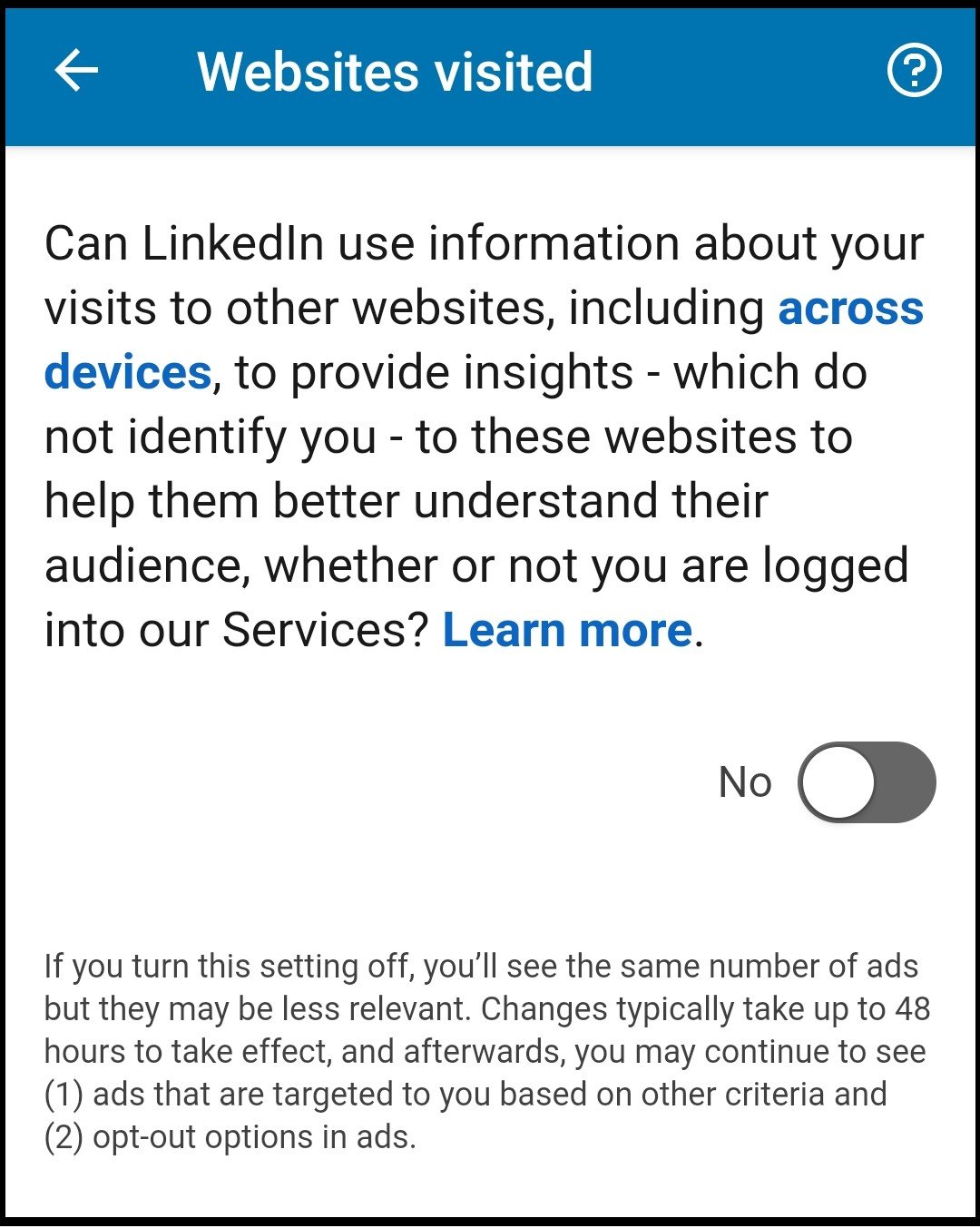
|
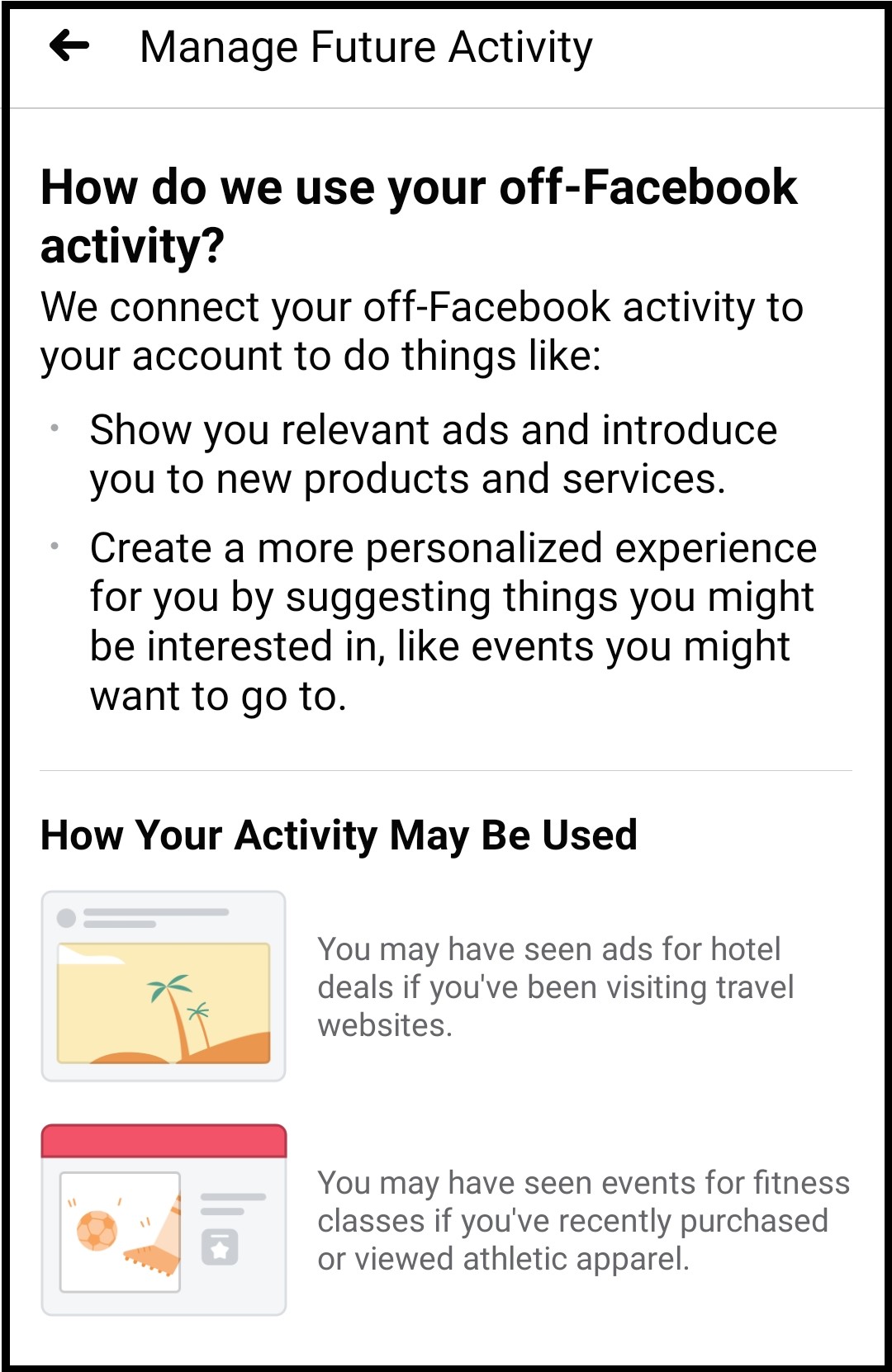
|
In summary, knowledge is power and before we use social media tools we should all fully understand how they are working behind the scenes.
The quote below by Edward Tufte makes a point on which to marinate:
Screenshot courtesy of Netflix


